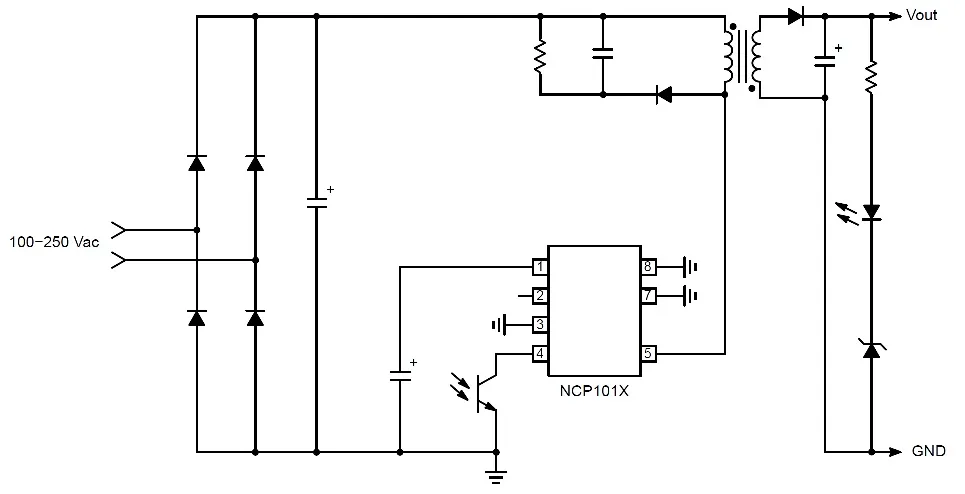Designing Low-Power Standby SMPS – Save Power Smartly

In today’s energy-conscious world, designing SMPS with low-power standby is essential—especially for IoT devices and smart home systems. Standby mode keeps your device ready without wasting power, which is crucial for battery-powered and always-on systems.
🔧 The Problem: High Idle Power Wastes Energy
Standard SMPS designs often draw unnecessary current even when the load is minimal or off. This leads to battery drain or power waste in plug-in devices. For applications like smart plugs, remote sensors, or home automation hubs, this is a serious design flaw.
✅ The Solution: Use Burst Mode or Auxiliary Supplies
To fix this, implement burst mode control or use a low-power auxiliary supply during standby. Many SMPS controllers support burst mode, reducing switching frequency and power losses during idle conditions.
🔍 Practical Example: Smart Plug in Standby
Imagine you’re prototyping a smart plug. While the relay is off, the system still needs to power a microcontroller and Wi-Fi chip. Using a low-dropout regulator (LDO) powered from a secondary winding or a dedicated low-power SMPS controller, you can reduce standby power below 100 mW.
🧮 Sample Calculation: LDO Standby Current
If your microcontroller + Wi-Fi draws 20 mA at 3.3V:
Power = 3.3V × 0.02A = 66 mW standby consumption — efficient and battery-friendly.
🛒 Product Tie-In
⚡ [Shop Low Dropout Regulators]
Shop now at SmartXProKits.in
Support our work and India’s innovation—buy from our Make in India site!




















